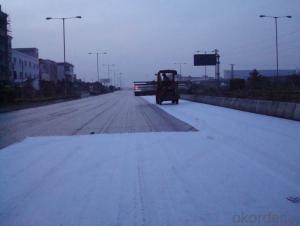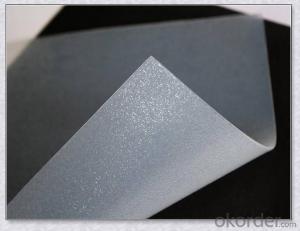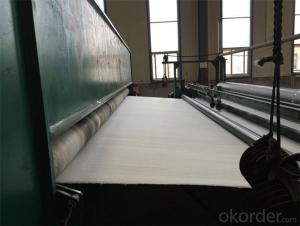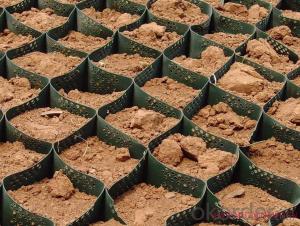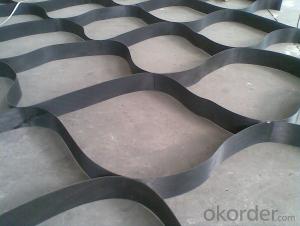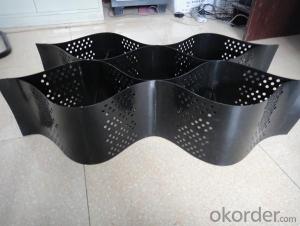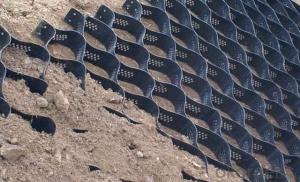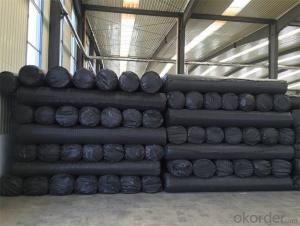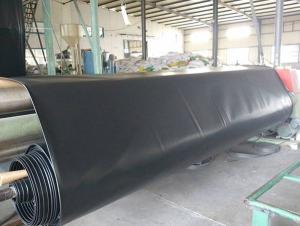All Categories
- - Steel Wire Rod
- - Steel Coils
- - Steel Profiles
- - Steel Pipes
- - Stainless Steel
- - Tinplate
- - Special Steel
- - Steel Sheets
- - Steel Rebars
- - Steel Strips
- - Hot Rolled Steel
- - Cold Rolled Steel
- - Pre-painted Steel
- - Seamless Steel Pipe
- - Welded Steel Pipe
- - Hollow Steel Tubes
- - Galvanized Pipe
- - Stainless Steel Coil
- - Stainless Steel Sheet
- - Stainless Steel Plate
- - Stainless Steel Strips
- - Electrolytic Tinplate Coil
- - Electrolytic Tinplate Sheet
- - Stainless Steel Rebars
- - Solar Panels
- - Solar Water Heater
- - Solar Related Products
- - Solar Inverter
- - Solar Cells
- - Solar Light
- - Solar Energy Systems
- - Solar Controllers
- - Solar Mounting System
- - Solar Pump
- - Solar Chargers
- - Fiberglass Chopped Strand
- - Fiberglass Mesh Cloth
- - Composite Pipes
- - FRP Pultrusion Profiles
- - Fiberglass Mat Tissue
- - Fiberglass Fabrics
- - Fiberglass Mesh
- - Composite Tank
- - Fiberglass Mesh tape
- - Polymer
- - FRP Roofing Panel
- - Fiberglass Roving
- - Monolithic Refractories
- - Ceramic Fiber Products
- - Refractory Bricks
- - Raw Materials For Refractory
- - Suspended Platform
- - Cranes
- - Concrete Machinery
- - Earthmoving Machinery
- - Building Hoist
- - Road Building Machinery
- - Plastic Pipe Fittings
- - Plastic Tubes
- - Plastic Sheets
- - Agricultural Plastic Products
- - Plastic Nets
 All Categories
All Categories
Q & A
How is the use of environmentally friendly construction materials encouraged in earthwork projects?
The use of environmentally friendly construction materials is encouraged in earthwork projects through various measures such as promoting sustainable practices, providing incentives, and enforcing regulations. This can include offering tax benefits or grants to projects that prioritize the use of eco-friendly materials, setting guidelines and standards for green building practices, and educating stakeholders on the benefits of using sustainable materials. Additionally, government and industry initiatives often promote research and development of new eco-friendly construction materials, making them more accessible and cost-effective for earthwork projects.
What are the steps in designing and constructing engineered slopes in earthwork?
The steps in designing and constructing engineered slopes in earthwork typically involve the following:
1. Site investigation and analysis: This includes assessing the soil composition, slope stability, and groundwater conditions through comprehensive geotechnical studies and surveys.
2. Design analysis: Based on the site investigation, engineers perform calculations and analyses to determine the appropriate slope geometry, including the slope angle, height, and any necessary reinforcement or stabilization measures.
3. Slope stabilization measures: Depending on the site conditions and project requirements, engineers may recommend various stabilization methods such as soil nails, retaining walls, geogrids, or geotextiles to enhance slope stability.
4. Drainage considerations: Proper drainage is crucial for slope stability. Designers incorporate adequate drainage systems, such as surface drains, subsurface drains, or French drains, to control groundwater and prevent water accumulation that could compromise the slope's stability.
5. Construction planning: Engineers develop a detailed construction plan that outlines the sequence of earthwork activities, equipment requirements, and material specifications. This plan ensures safe and efficient construction while adhering to design requirements.
6. Excavation and grading: The construction process begins with the excavation and grading of the slope according to the designed geometry and stabilization measures. Skilled operators and specialized equipment are employed to achieve the required slope shape and dimensions.
7. Reinforcement installation: If required, reinforcement materials like soil nails, geogrids, or geotextiles are installed at specified intervals and depths within the slope. These materials enhance the slope's stability by providing tensile strength or limiting soil movement.
8. Drainage system installation: As construction progresses, the installation of drainage systems is undertaken, including surface drains, subsurface drains, and other necessary components to ensure proper water management.
9. Quality control and monitoring: Throughout the construction process, regular inspections and quality control measures are implemented to verify the compliance of the constructed slope with the design specifications. Monitoring techniques such as inclinometers, piezometers, or strain gauges may be employed to assess slope performance over time.
10. Final grading and surface stabilization: Once the slope construction is completed, final grading is performed to achieve the desired slope contour. Surface stabilization measures like erosion control blankets, vegetation, or rock armor may be implemented to protect the slope from erosion and enhance its long-term stability.
By following these steps, engineers can design and construct engineered slopes that are safe, stable, and suitable for their intended purposes.
Wholesale Earthwork from supplier in Laos
Whether you are involved in construction, infrastructure development, or any other Earthwork-related project, our team of experts is committed to meeting your specific requirements. We offer a wide range of Earthwork materials, including aggregates, soil, sand, and gravel, ensuring that you have access to the highest quality products.
In addition to our extensive product offerings, we provide competitive quotations to ensure that you receive the best value for your investment. Our team will work closely with you to understand your project's needs and provide tailored solutions that meet your budget and timeline.
Moreover, our technical support services are designed to assist you throughout the entire procurement process. From recommending the most suitable materials for your project to providing guidance on installation and maintenance, our experts are here to support you at every step.
As a subsidiary of CNBM, a Fortune Global 500 company, we have access to a vast network of resources and expertise. This enables us to offer convenient and efficient procurement solutions in Laos. Our strong presence in the Laotian market, coupled with our years of experience, allows us to provide valuable insights and recommendations to enhance the success of your projects.
At our core, we prioritize customer satisfaction and strive to build long-term partnerships based on trust and reliability. We understand the unique challenges of Earthwork projects in Laos, and our goal is to help you overcome these challenges and achieve your objectives efficiently.
Contact us today to discuss your Earthwork material needs in Laos and discover how our comprehensive range of products, competitive quotations, and technical support services can benefit your projects.
In addition to our extensive product offerings, we provide competitive quotations to ensure that you receive the best value for your investment. Our team will work closely with you to understand your project's needs and provide tailored solutions that meet your budget and timeline.
Moreover, our technical support services are designed to assist you throughout the entire procurement process. From recommending the most suitable materials for your project to providing guidance on installation and maintenance, our experts are here to support you at every step.
As a subsidiary of CNBM, a Fortune Global 500 company, we have access to a vast network of resources and expertise. This enables us to offer convenient and efficient procurement solutions in Laos. Our strong presence in the Laotian market, coupled with our years of experience, allows us to provide valuable insights and recommendations to enhance the success of your projects.
At our core, we prioritize customer satisfaction and strive to build long-term partnerships based on trust and reliability. We understand the unique challenges of Earthwork projects in Laos, and our goal is to help you overcome these challenges and achieve your objectives efficiently.
Contact us today to discuss your Earthwork material needs in Laos and discover how our comprehensive range of products, competitive quotations, and technical support services can benefit your projects.
